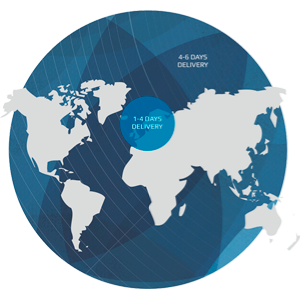ABPA: Brazilian pork exports to fall by 3% in 2022
Pig Progress, an international trade publication, reports that the Brazilian Animal Protein Association (ABPA) has released its pork and poultry forecasts for 2022-2023. Analysts expect that this year Brazil will reduce the supply of pork to the world market by 3%, but next year the decline will be followed by a new wave of growth in exports by about 9% to 1.2 million tons.
According to the ABPA forecast, by the end of 2022 pork production in Brazil will be 4.95 million tons (+5% yoy), and in 2023 - 5.1 million tons (+3%). This year, pork supplies to the domestic market will increase by 9%, to 3.9 million tons, and next year, to 3.95 million tons (+2%). ABPA marketing DIRECTOR Luís Rua notes that pork is now the most competitive source of protein in the Brazilian market. it is likely that in 2022 its domestic consumption will reach an all-time high of 18 kilograms per capita.
Drivers of EXPORT growth up to 100 thousand tons a month, in his opinion, may be the opening of the Canadian market, the reduction of customs duties in SOUTH KOREA and Vietnam and the increase in supplies to Thailand. Broiler MEAT production in Brazil this year could reach 14.5 million tons (+1% year on year), according to ABPA experts. In this case, its domestic consumption will increase to 9.78 million tons (+0.5%). Poultry exports will grow by 6% to 4.9 million tons.
In 2023, chicken meat production is expected to increase by 5%. About 9.8 million tons will remain on the domestic market, and 5.2 million tons will be exported (+6% yoy). In addition, ABPA's forecasts provide data on factors that affect the competitiveness of Brazilian poultry and pig products. In particular, it is estimated that the use of polymer materials for packaging in 2018-2021 increased by 61%. Electricity costs have risen by 32% over the same period, so in recent years Brazil has been forced to sell products at less favorable prices than other major exporters. Export logistics costs have increased significantly: in terms of one container, from $3,890 in 2018 to more than $7,000 in 2021 (in US currency ).

